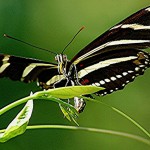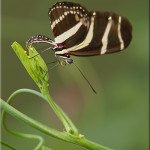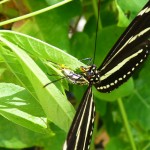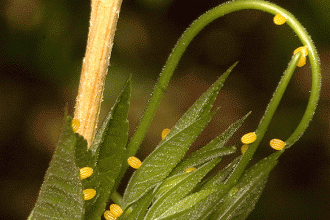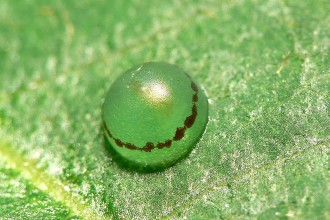6 Zebra Longwing Butterfly Laying Eggs Photo
Sponsored link:
We tend to appreciate butterfly wings for their captivating elegance. Our oversight in forgeting various other exciting facts about these wings is consequently rather excusable. but would not you like to know even more? Here are our leading 10 (well, maybe more) facts about 6 Zebra Longwing Butterfly Laying Eggs Photo that you will certainly be excited to learn.
Butterflies Have actually Scaled Wings
The taxonomic name for the butterfly/moth family is Lepidoptera. This word is derived from Greek origins implying "scale wings." For scientists, one of the most noticeable attribute that divides butterflies and insects from various other insects is their scaled wings. While we may not see this instantly, closer examination of a butterfly reveals the fact that their wings are made from tiny scales that are actually bulbous, modified plumes. The pigments of the scales on their wings come either from chemical pigments such as melanin or from plants and waste that build up throughout metamorphosis. If you consider macro digital photography pictures of these scales, you could view that the scales vary not only in shade, they vary fit. Some butterflies show up to have a "dusty" texture. When you consider macro digital photography shots of these butterflies, you will certainly view that the rounded designed scales actually look like an aged, snugly woven carpet! Various other butterflies show up to have a glossy or metal texture. When you consider macro digital photography shots of these butterflies, you will certainly see that the scales are relatively flat with crisp, overlapping sides. Depending on the spacing in between these flat, overlapping scales, reflective light waves user interface according to some wavelengths are negated while others are enhanced - like the patterns on a soap blister. This is why the renowned morpho butterflies have a metal, rainbowlike look.
For a moment, allow's forget about the form and colouring of these scales: there is something appealing that we discover by wiping them erroneous: if the scales are removed, the wing that is left shows up clear and slightly rough - form of like Saran Cover! Some species of butterflies are in fact, scale-less. Debt collectors call them glass wing butterflies. Although these butterflies interest consider, we need to wonder whether having no scales may be a slight disadvantage considering that the scales of butterfly wings are versatile and self-cleaning! Cleaning may consequently be slightly more complexed for glass wings! One work fact about the scales on butterfly wings: they frequently change tone - or maybe shade - when wet. The species Papilio Ulysses Ulysses is particularly gorgeous to look at when it is wet: rather than its popular, vivid blue, the wings appear to be a teal-ish green shade when wet. However, we rarely reach note this detail in nature considering that butterflies conceal from the rainfall - which leads us to our following round of appealing facts ...
Damp Wings
When emerging from the chrysalis, a butterfly's wings are soft and versatile. If the butterfly does not prolong the wings quickly sufficient or wide sufficient, they will certainly harden with folds up that will certainly cripple the butterfly and keep it from being able to fly the rest of its life. The drying process only takes about an hour. Each time a butterfly's wings get significantly wet, it risks of having its wings destroyed to some degree. This is one factor you will certainly view butterflies on a fallen leave or branch flapping their wings and sitting in the sunlight. They may not be trying to entice any sort of attention - they are trying to keep their wings healthy and balanced and solid. There is another factor you may note this behavior though: butterflies require sunshine in order to fly. Their physical bodies have to maintain a temperature level of about 53 levels Fahrenheit or 30 levels Celsius or their flying muscles will certainly not function effectively - slow and sluggish, they are at risk to killer attack.
Eyespots & Tails
Numerous butterfly wings have eyespots or tails. Eyespots shield butterflies considering that birds will certainly attack the eyespot initially. Some eyespots are concealed from view until the forewing is pushed forward so that red eyes show up and surprise the killer enough time to make an escape. For comparable factors, numerous species of butterflies and insects have elegant tails. While we appreciate these tails for their elegance, birds are not so discriminating - to them, these tails look like the lengthy neck of a bug. Considering that necks stand for an at risk portion of the anatomy of any sort of animal, this is a noticeable spot for birds to attack. Thus, also an effective attack on an eyespot or on a butterfly's tail will certainly not be deadly and given that butterflies can fly with up to 70 % of their wings missing, a detached eyespot or tail will certainly allow the butterfly to run away to safety.
Feel free to download the Photos under 6 Zebra Longwing Butterfly Laying Eggs Photo article for free. Suport us by sharing this Photos to your friends.
640 x 521 330 x 220 640 x 521 150 x 150
Download HereSponsored link:


